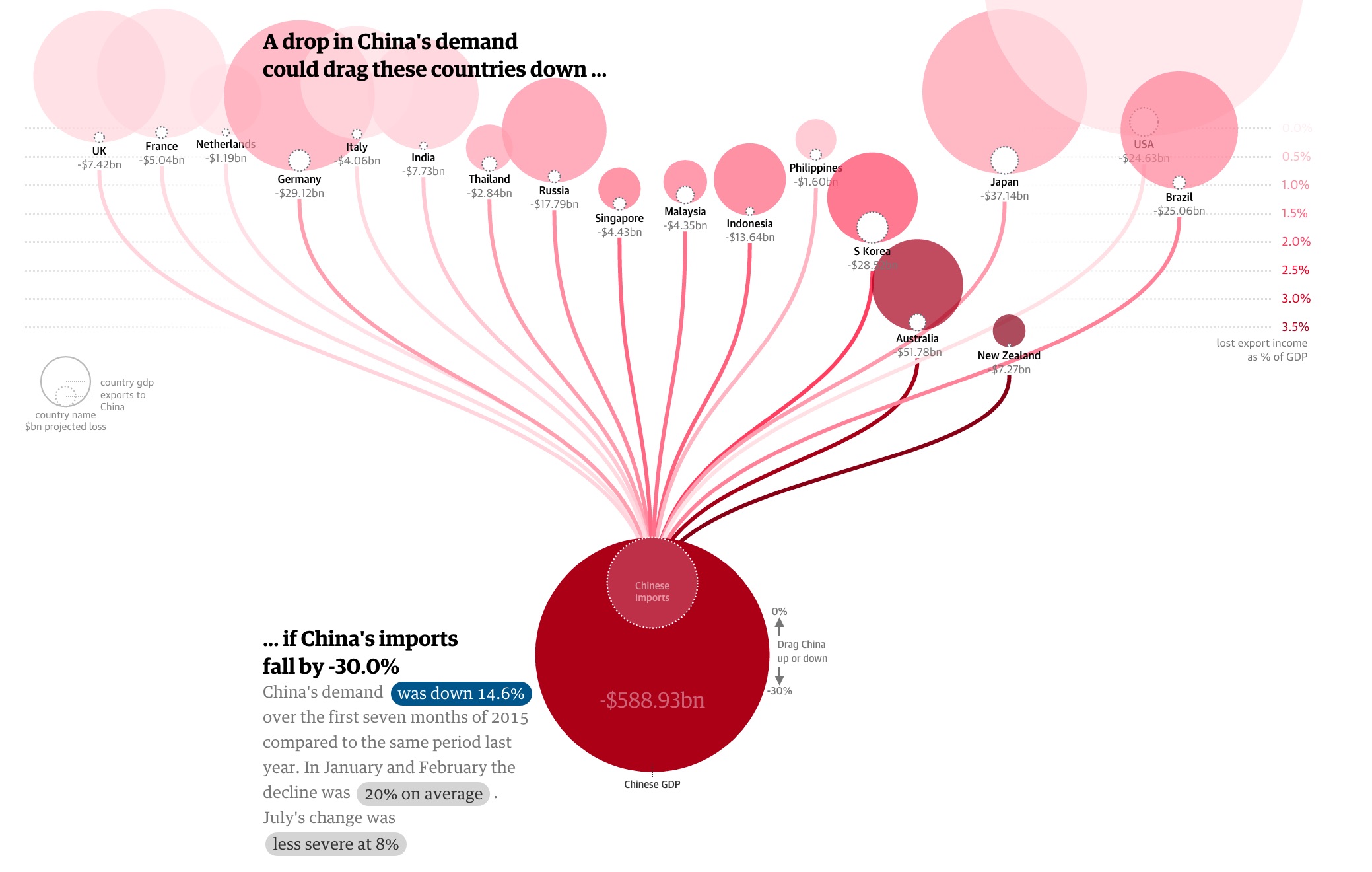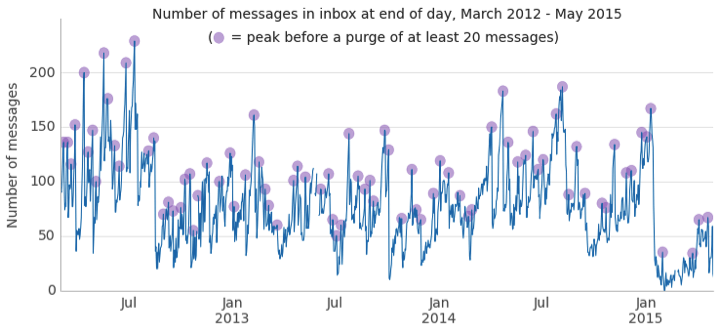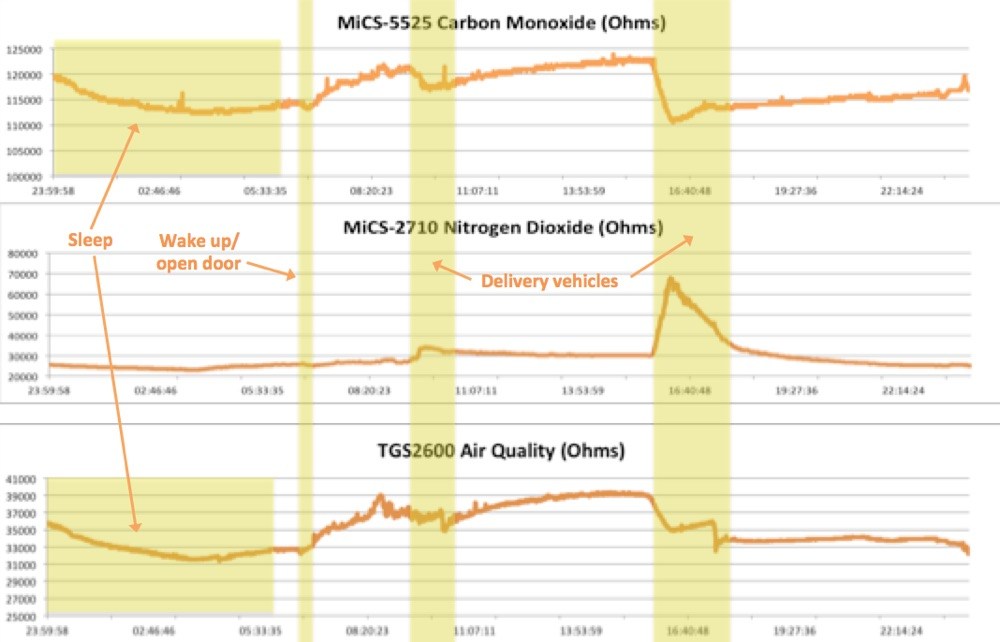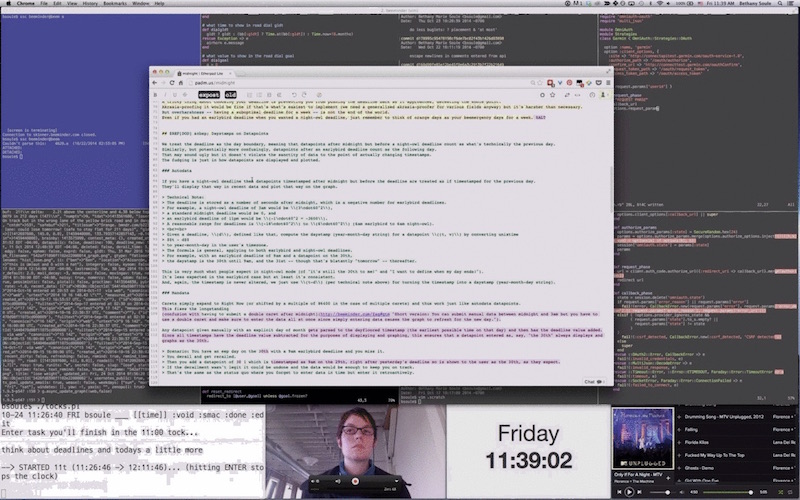What We Are Reading
Steven Jonas
February 19, 2016
Articles
DNA Got a Kid Kicked Out of School—And It’ll Happen Again by Sarah Zhang. This a potent example of the unexpected ways that genetic information can be used against someone. We’ve already seen how 23andMe data can be used for nefarious ends. In this case, it’s a child who was transferred from his school as if he has cystic fibrosis, but only has the genetic markers for the disease. A set of norms or rights around personal data (and genetic information, in particular) has barely been established, so it will be interesting to see how many similar incidents we will see. What’s tricky is that neither side is acting irrationally. At heart is this question: How do you manage risk when a person’s DNA is part of the equation? -Steven
When Wearable Makers Shut Down, Getting Your Data Isn’t Always Easy by Stephanie M. Lee. San Francisco QS Show&Tell co-organizer Greg Schwartz is quoted in this Buzzfeed story about the recent shutdown of BodyMedia servers and bricking of the devices. In January Greg posted a how-to video users who still wanted to get their data, but this only worked until the servers were taken offline on January 31, 2016 Article author Stephanie M. Lee talked a bit about the defunct QS companies Lark, and Zeo. The Zeo shutdown sparked a record thread on the QS Forum where users still trade tips to keep instances of this late, lamented sleep tracker in action. –Gary
Working memory training could help beat anxiety by Christian Jarrett. Dual n-back tests have been championed as a brain game that actually works since a 2008 study showed that the exercise improved fluid intelligence (i.e., IQ). Those results have since been in dispute, but a new study cautiously supports the idea that dual n-back, by improving working memory, may also lessen anxiety symptoms. -Steven
Graphing When Your Facebook Friends Are Awake by Alex. There are at least five reasons to love this post about building graphs of Facebook Friends’ awake/asleep time: a surprising revelation of hidden system, uh, features; a “procedural” on hacking them that is basically comprehensible even if – like me – you don’t understand all the details; a useful general lesson about public exposure of personal data from seemingly friendly and low level status tracking; a hilarious stream-of-consciousness narrative that tries, half-successfully, to answer the question “why;” and, for all of us who have ever tried to do something meaningful with our own data, the comforting admission that the real trouble started when it came time to make a graph. Really a great post that this preview doesn’t do justice, so go read it. -Gary
This Canadian Lab Spent 20 Years Ruining Lives by Tess Owen. As much as it’s claimed that there’s a fair amount of skepticism of science, especially in the United States, there is no doubt that it carries authority in legal matters. This article shows the damage that can happen when seemingly rigorous test procedures and results are accepted without scrutiny. It’s especially galling to see how sloppy commercial testing procedures can become, and how dangerous it is to assume that professional measurement is more reliable than personal measurement, human dialog, and common sense. -Steven
Give Up Your Data to Cure Disease by David B. Agus. Another article on the opportunities and pitfalls of making medical records available for health research. While this opinion piece argues for the value of the opportunities, it makes clear that we need better data security practices to ensure that health information is used for the greater good, rather than used against individual patients. However, nowhere is the point made that research subjects can play an active role in investigating disease and making new discoveries. -Steven
Show&Tell
Three Years of Logging my Inbox by Mark Wilson. The number of emails in Mark’s inbox correlates very well with his stress level. After passively tracking his email for three years, Mark explores how his inbox count reflects his stress level and influences his sense of self. -Steven
Measuring My Indoor Environment: Indoor Quality and Water Quality by Bob Troia. The first two parts in a multi-part series, Bob shows the tools and measurements he’s using to understand the quality of his living space. -Steven
Maniac Weeks for Extreme Productivity by Bethany Soule. A “maniac week” (coined by Nick Winter) is spent doing nothing but working and sleeping while documenting your face and screen with a time-lapse video. Bethany talks about her successes, failures, and side effects of this level of extremism. -Steven
Data Visualizations
This Chart Shows Who Marries CEOs, Doctors, Chefs and Janitors by Adam Pearce and Dorothy Gambrell. With data from the U.S. Census Bureau, this interactive chart allows you to select a profession and see the five most likeliest occupations of the partner. It will also show whether if the partner is more likely a member of one sex or the other. Refreshing to see that it represents same-sex partnerships as well. -Steven

How China’s economic slowdown could weigh on the rest of the world by Carlo Zapponi, Seán Clarke, Helena Bengtsson, Troy Griggs and Phillip Inman. The interconnectedness of global economies can be difficult to wrap your head around, but this series of visualizations from the Guardian do a good job of illustrating which economies’ rely on exports to China, and how much they are exposed to a downturn in the world’s second biggest economy. -Steven
Projects
Música hecha con el corazon. A website where you tap your current heart rate and it finds a song that matches the beat. The site is in Spanish but is easy enough to figure out. Just put one finger on the artery in your neck and click in the circle in time with your pulse. -Steven
The Chart Book: An Overview of Standard Celeration Chart Conventions and Practices. Owen R. White, Malcolm D. Neely. This pdf covers how to use a Celeration chart. Used for the assessment of students by teachers, this chart template aspires to be flexible enough to chart data clearly no matter the scale. It would be interesting to see this used for personal data. Thanks to Ryan O’Donnell. -Steven







